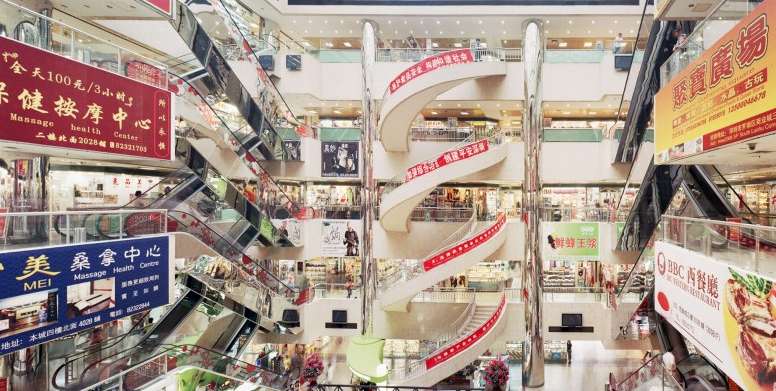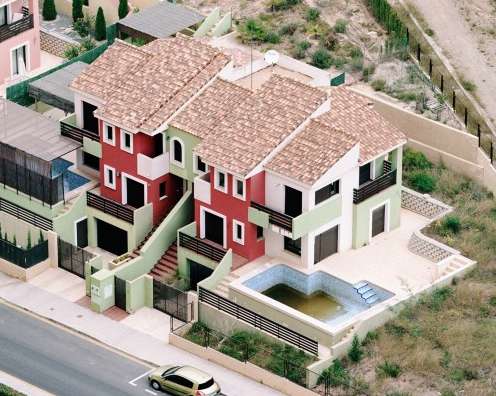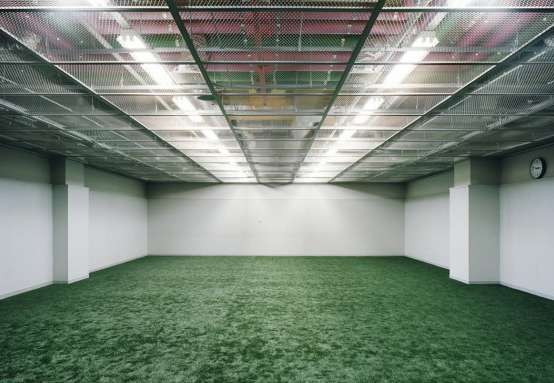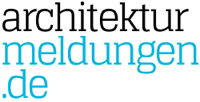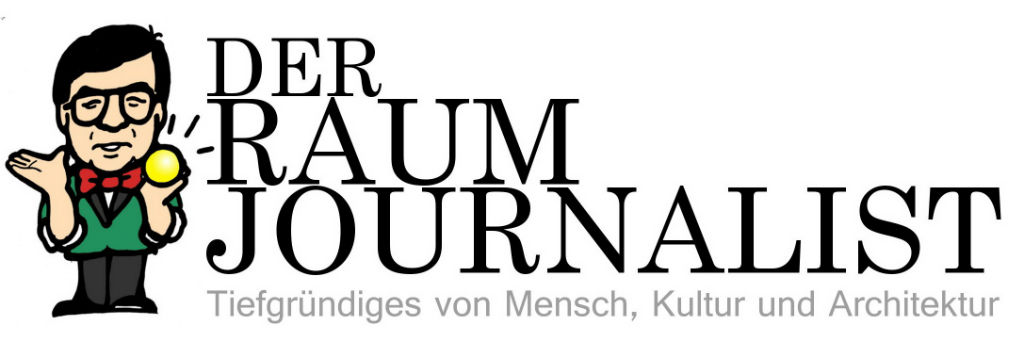6. Fotofestival MA LU HD | Interview with FRANK VAN DER SALM
This fall, the sixth edition of the internationally renowned “Fotofestival”, curated by Urs Stahel, is taking up the cultural scene in the Rhine Neckar delta again: [7] Places [7] Precarious Fields. For nine weeks, seven art venues in Mannheim, Heidelberg and Ludwigshafen are showing works by 50 international photo artists – and deconarch.com is an exclusive media partner. We are focusing on one place and one of the seven precarious field themes – [7.2] Urbanism & Real Estate, hosted at ZEPHYR Mannheim, where seven artistic positions are presented: Ai Weiwei, Frank van der Salm, Hiroko Komatsu, Laurence Bonvin, Nick Waplington, Sylvain Couzinet Jacques, Taysir Batniji. Follow deconarch.com’s interview series to get insight in some of these artists’ works. Â
Dutch photographer Frank van der Salm travels the global metopolises and portrays them, in individual shots, in different styles, yet the photographs remain as anonymous as the locations they illustrate. Van der Salm interprets the urban architecture and translates its three-dimensional effect into two-dimensional, pictorial surfaces. His works is as manifold as are the the views we experience in mega cities. Thus his photos show no uniform motives, no series of certain characteristics. Yet they assemble urban plurality, in a prosaic, matter-of-fact pictorial language. Van der Salm collects anonymous views, yet very personal contemplations of contemporary cities accompanied by profound considerations about the changing image culture in urban developments in consumer orientated societies.
all illus. (c) Frank van der Salm
www.frankvandersalm.com
INTERVIEW
At the Fotofestival, your are presenting a compliation of works, a cross section of almost 10 years. How did you select the works?
The photo works that will be presented at this years Fotofestival we’re selected by both Urs Stahel and myself, together. Urs contacted me specifically for the “Urbanism & Real Estate“ exhibition at ZEPHYR in Mannheim, and together we’ve selected works from the last couple of years, roughly from 2004 to 2013. This means that it’s not really one series of work in the traditional sense of the word: it does not have one clear and location-based topic, but all images deal with the way reality is experienced or (more importantly) could be experienced in the larger urban environment on a global scale, dealing with global changes in “the bigger scheme of things“. All images are created on seperate locations: Dubai (United Arab Emirates), Tilburg (The Netherlands), Seattle (United States), Hong Kong (China), Benidorm (Spain) and Shanghai (China).
Actually, I’ve never been interested in working with clearly defined series ever, only in separate pieces in reaction to the specific site, because the documentary part of photography, that comes with the medium, is only one of the aspects I take into consideration when working with images.
What is linking these selected works together?
Urbanism has been a major part of my interest from the beginning, and real estate has been a part of this content, of course, but it became much more important more recently, surfacing in the last 4 to 5 years or so, with the commercial and political/social aspects of urban living conditions in big metropolises coming to the foreground more clearly. The selection of photo works at this festival from a period of 10 years reflects this change, and in a way, reflects the change that cities go through themselves as well. From local facts on the ground (the documentation of the real) towards the imagination and/or presentation of reality in photography and other media. My approach of the urban world has developed accordingly, which is visible in this selection.
All images are shot on 4 x 5 inch negative on a Linhof Master Technika camera, then scanned and digitally printed on Durst Lambda, except for one. The most recent photo work in the show Capital no Capital was shot with a low resolution consumer point and shoot camera. The older pieces were not manipulated in any other way than photographically on location, but this recent piece was created including photoshop manipulation.
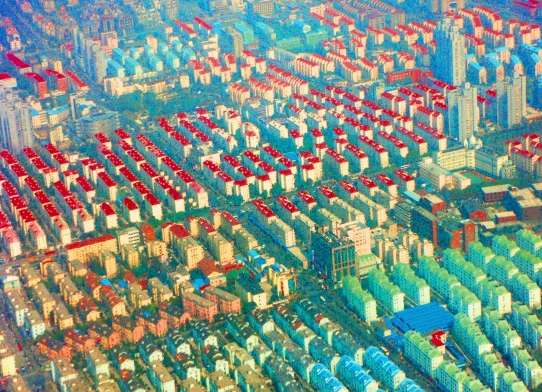
Capital No Capital, 2013, 205 x 150 cm, Fuji Crystal Archive paper, Dibond, glossy perspex, blockframe black
From a more general point of view – what is the core subject of your work?
After working in cities and metropolises around the world for 15 years, the total body of work created can be “read” as a personal view of “the contemporary city”: an urban environment reflected in concrete, glass and image, movement and light. They are recognizable and familiar, but still alienating at the same time, often hard to locate and in need of individuality. That city has been growing over the years. But now that the world is in a constant state of flux, “images” of cities are at least as important as the actual concrete structures. Images have completely taken over the idea of what is real; and my focus has been changing accordingly. The processes of “making image” – both the cities’ and my own – are the psychological and philosophical base of urban reality today. “Urban Jungle” (comparable with compressed information on an endless hard disk) has become our new natural habitat. It consists of confrontation and promise, registration and control. It is based upon shifting ideas about the private and public domain and a continuous fluctuation of the definition of things. My (visual) research focuses on the role of a changing image culture in urban developments in consumer orientated societies; this includes archetypical imagery, fiction and ideals in advertising, entertainment, computer games etc. and their influence on the meaning of images. Also, the problem that has risen of trying to create photographical images with art historical and social relevance in a world full of images. In this context, I started my “Project on Image” around 2010 …
Could you give us a short introduction to “Project on Image”?
A small introduction: the cities we live in have shifting identities but common issues. Commercialism thrives, and urban planning is conflicting with the individual need of space, not dealing with personal identity but with group identification, control and management. Think Dubai, Tokyo, Seoul and Los Angeles, for example. One of the questions that came to mind was: how does “the real” in urban imagery and contemporary cities relate to the “situation on the ground”? To what extent does the image equal the new real? It has become important to elaborate on the role of “the image of city” and to reflect on it’s overwhelming presence. It’s become both the reason and (!) the goal of reflecting on what’s “true”, and what’s “now” in the urban environment. There’s a causal link between the visual characteristics of the contemporary city and its multi-functional character. These dynamic urban centres define our perception of real and its valuation.
That’s why in my “Project on Image”, the location of photography re-entered the main stage in juxtaposition with earlier works. More importantly, it’s at the core of a conceptual approach in each individual work as part of the larger whole. My (artist’s) view on a place that I revisited multiple times is a personal approach and bound to be as untrue as much as it is true.
Ideas of Re-Photography and Familiar Image are two of the “new chapters” added to my way of thinking and incorporated in the images. And it does not stop there, since presentation is of significant importance in the process of creation. It’s a constant process that never stops. Without loosing touch with prior works, new ways of presentation of my images now may include video, wallpaper, still image, lightbox, etc.
Would you describe your working process a little further?
As explained above, I work conceptually. It’s actually quite a paradox: a fast changing reality existing of ever more images, and me being a photographer refering to this reality by adding even more imagery. It means the conceptual starting points that are the base of my work as well as the visual consequences and presentation of the images need continuous evaluation. The conceptual and theoretical approach is always (!) the base of every image that’s created, but reality is the material to work with at the same time, and it would be denying that when not working with reality itself as well. Style, to me, is not so much a preconditioned photographic layer added to reality per se. I’m part of reality, as is my image and everything around me, including other imagery and theory. That’s what the world is made of and that’s what artists need to realise and respond to. There’s the idea and what to create – not show – and next to the photographic technical options, reality is equally important and has to be weighed before deciding what technical and/or photographic approach suits best. So, my photographic work does not document the world outside, but it creates a new (!) world by carefully deciding how to photographically approach each situation. Thus the diversity of my photo works.
Why are you working with photography? What kind of possibilities does it offer for your?
In the world we live in, reality has been taken over by images. Philosopher Ad Verbrugge described this change by calling it „the inversion of evidence“. In the past, all imagery we encountered referred to a defined and absolute truth outside the media. Now that’s inverted: we only consider something “real“ or “true“ when it’s present in a mediated environment“. If shown, it’s true. The most important medium in the world today is photography. It’s everywhere and unescapable. This means photography provides us with the ultimate means to deal with reality today. At the same time, the diversity of the photographic means (from a high resolution image on the technical camera to a low pixelated image on a mobile phone to the video recording) implies an enormous array of possibilities in ways to research, explore, respond, create and present a work of art dealing with “the image of city”. The last couple of years I’ve started using video as well.
Are there role models, influences, inspirations, … which inspire your work?
Since reality as a whole exists more and more in the images that are created, imagery itself is of much influence to me. In the beginning of my career the New Topographics we’re quite present, but over the years both my photographic approach and the influences to it have shifted in different ways. The documentary approach has given way to a more diverse way of thinking, so to speak. Lewis Baltz and Thomas Ruff are two of my heroes still, for the diversity of their work. That’s really important to me, for they realise that change is the only status quo existing, and every change they experience needs a different approach evaluation. They’re not showing something, they create, which to me is the only way to work with photography. I truly admire their persistence in creating truth through imagery.
But not only these two artists are of influence to me. So is the work of architects like Rem Koolhaas, Herzog and De Meuron and MVRDV, with whom I had the pleasure of working with in the past. Never taking things for granted, always open to change and new ideas, open to the world, never afraid to fail, always on the verge of the new, continuously searching possibilities to be meaningful. That’s really inspiring to me. And so are artists like Constant Nieuwenhuis (New Babylon), Gerhard Richter, and the ideas of Marc Augé and William Mitchell, for example.
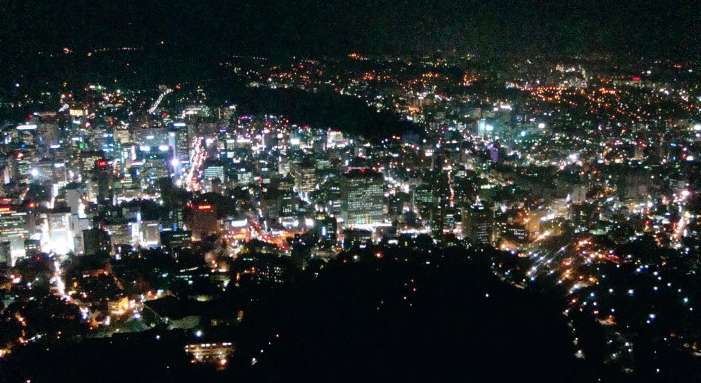
Matter, 2010, 213 x 120 cm, fuji Crystal Archive Print, Dibond, Diasec, blockframe © photo: undefined
Urbanism & Real Estate: What is, in your opinion, precarious in this field? And how does it influence your work?
The “consumer orientated societies“ we live in and that are the place I work in, have been taken over by imagery, basically exist of images. Imagery is the new real, and images will change more quickly over time for sure, accumulating the change of the cities. Thus, that what is called city will change fast and in ways we cannot yet apprehend. Both the images and the city will be in continuous flux, meandering with the tides of economy and politics. Although yet unclear to what extent, this might have major consequences for the way we will build our cities in the future, being financial assets and/or decisions being investment driven only. The commercialism within our cities will be of ever greater influence to our ideas of Urbanism and Real Estate.
These two developments combined – change of image and change of city – will most probably create a reality that will never again be defined by concrete or ground alone, and there’s a risk of plot ratio and speculation becoming far more important than the wellbeing of its inhabitants. Sometimes this already is the case. We’ll have to see what the future brings, but artists working with photography might become more important for that matter, being it with greater responsiblity as well. We’ll visualize in the process, and the only question is from what position we will do this. I consider it important that we realize our new position in the creation of the real, and that we produce not only images based on our individual „needs“, but that we’re aware that images will no doubt play a significant role in the creation of the real, perhaps being the only “truth“, in the future.
What does this mean for the development of photography? Would you risk to give a prognosis?
Some philosophers have pronounced photographers to be the best architects of today, and I support this vision. In my photographic approach of cities over the years the position of the viewer has been very important. The paradox I spoke about earlier means that images that I create must stay clear of “showing how it is“ or telling people how to behave, what to think or what to buy. There is no existence of image outside the image. There’s need for imagery in which the viewer can be active and respected; imagery in which someone must participate in the creation of what is true. This activity is crucial in the respect of a photographer for his art and the image of today. And showing more of the same is not the way to go. Being aware of this position as an artist is one of the most important things, and also one of the most difficult. And most rewarding.
Frank van der Salm, thank you for sharing your thoughts with us!

